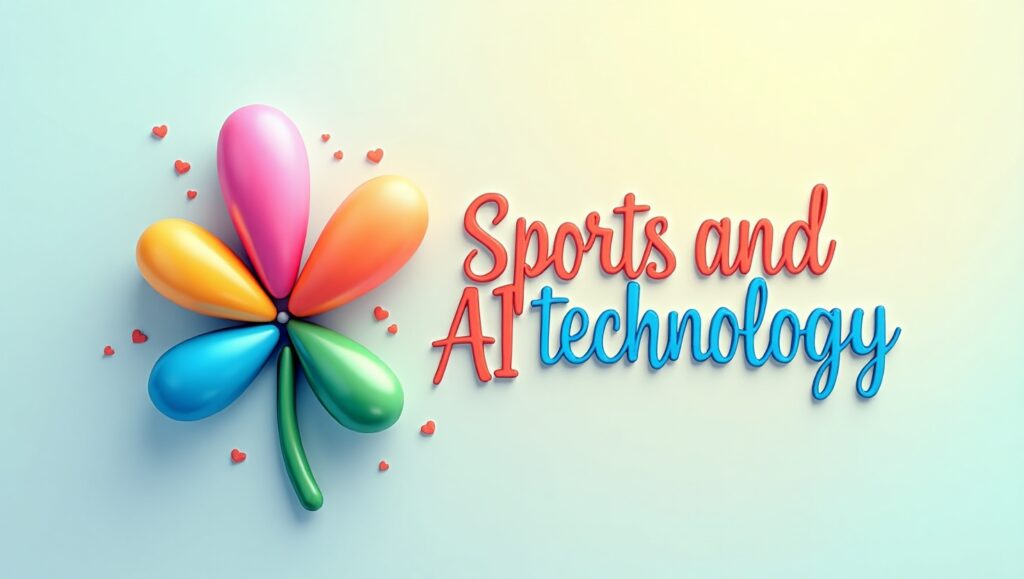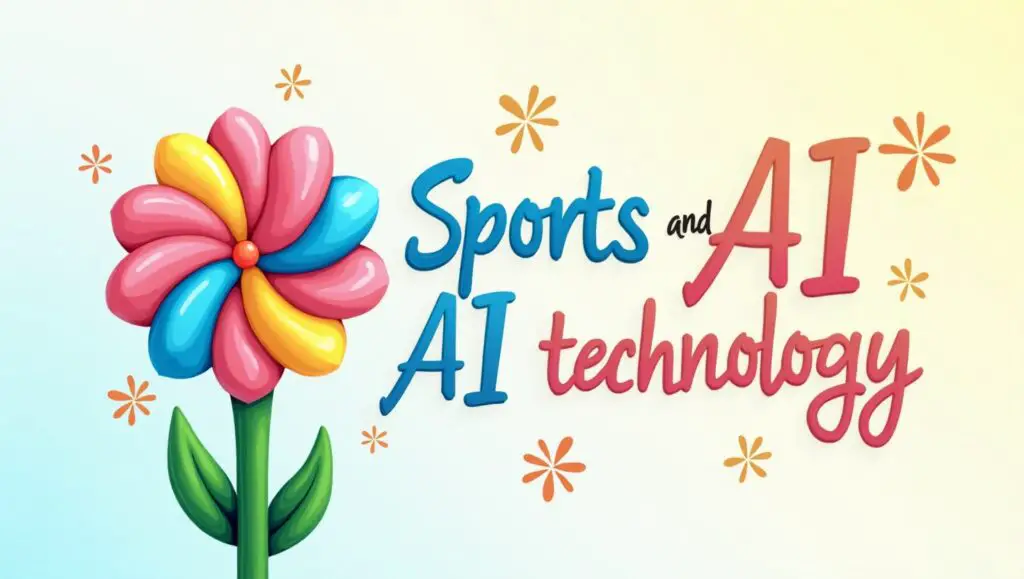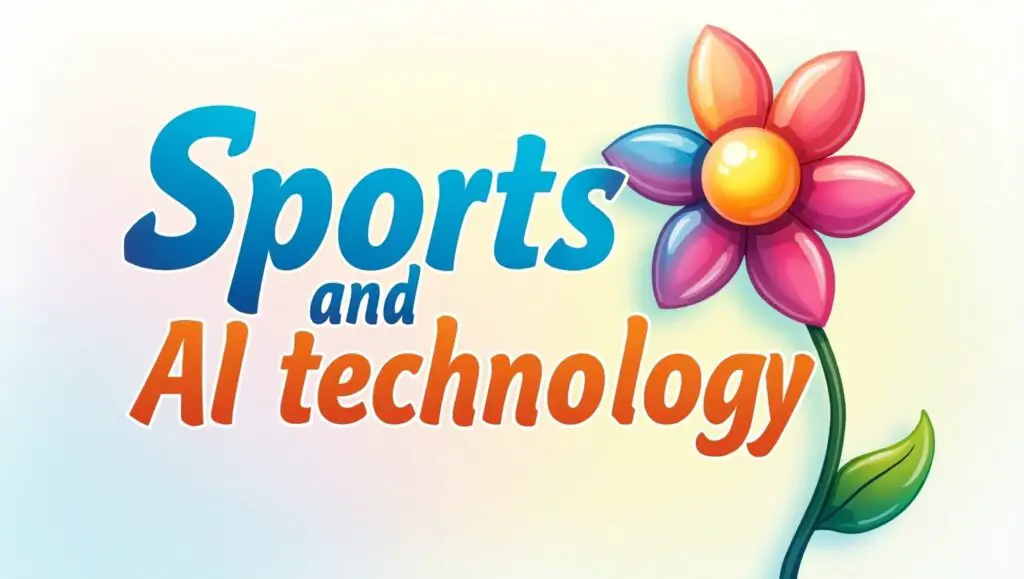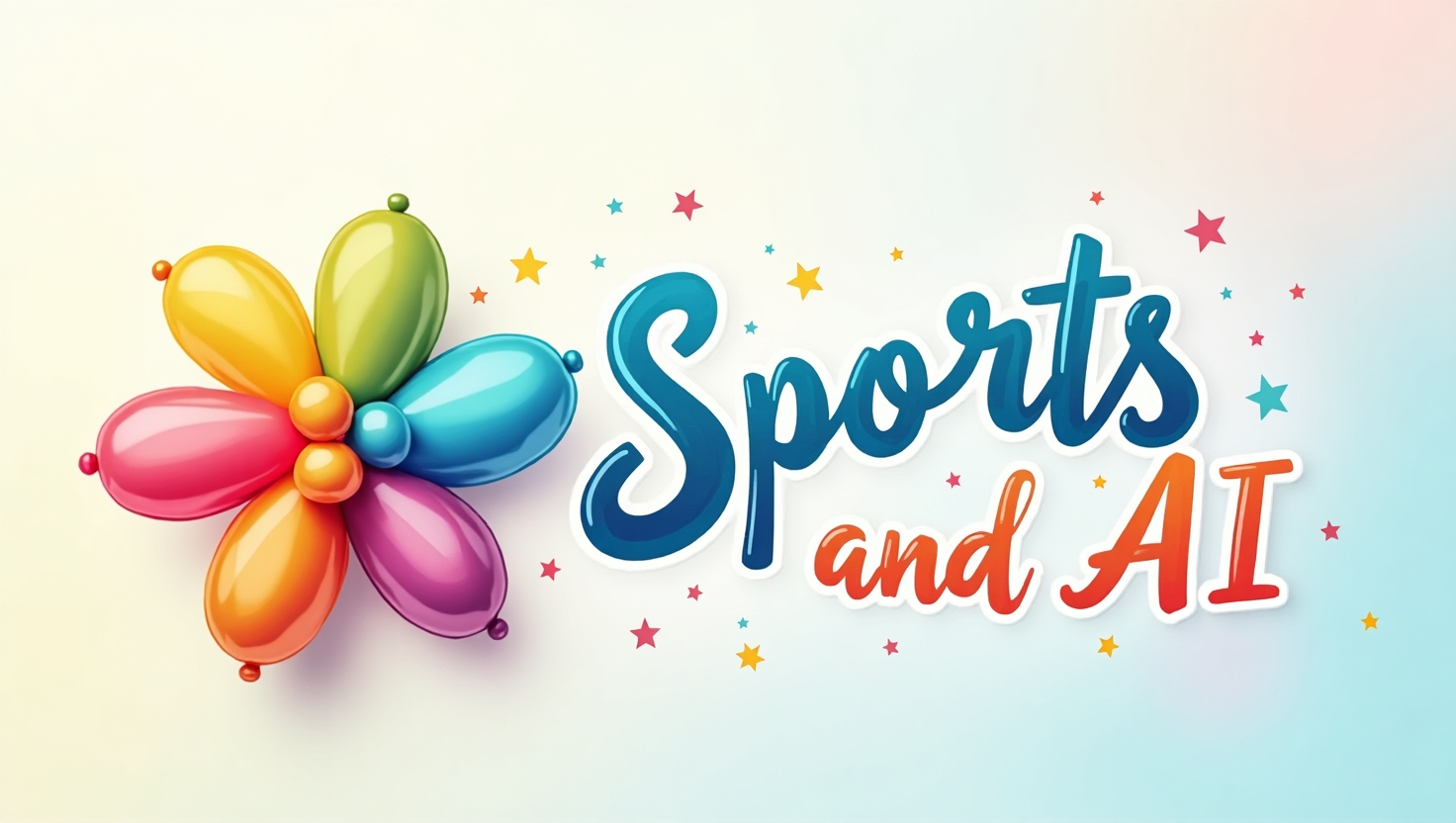In today’s fast-evolving world, Artificial Intelligence (AI) is no longer isolated to laboratories and tech businesses. It has stepped into stadiums, locker rooms, and even training grounds. The convergence of sports and AI technology is transforming how games are played, how athletes practice, and how viewers experience their favorite sports. From injury prevention to game plan enhancement, AI has become an integral aspect of the modern sports ecosystem.

The Rise of AI in Sports
AI technology began gaining momentum in sports during the last decade, but in 2025, it has reached a new height. With strong algorithms and machine learning tools, AI can evaluate massive volumes of data in real-time. This allows coaches, analysts, and players to make faster and smarter judgments. Whether it’s predicting an opponent’s move, tailoring training regimens, or increasing fan interaction, AI is revolutionizing the landscape of global sports.
Smart Training using AI
One of the most profound applications of AI in sports is in training and performance development. Traditional coaching methods, while still necessary, are now complimented with AI-driven insights. Wearable tech devices track player movements, heart rate, fatigue levels, and biomechanics. This real-time data is put into AI algorithms which analyze it and give individualized training regimens.
For example, football teams increasingly use AI tools to monitor players’ sprint speeds, tackle accuracy, and stamina levels. The device can identify slight changes in movement that can lead to damage, allowing early intervention. In tennis, AI-powered ball tracking devices like Hawk-Eye not only assist in assessing the game but also help players refine their strokes with precision feedback.
Injury Prevention and Recovery
Injuries may be disastrous for athletes, frequently ending careers prematurely. AI is playing a key role in injury prevention and rehabilitation. Machine learning models predict the chance of damage based on parameters such as muscle stress, motion patterns, and historical data. When a player is at risk, coaches are advised to lessen their exertion or adjust training routines.
Moreover, during recovery, AI helps track healing progress. Tools like motion capture technology and virtual physiotherapy powered by AI lead athletes through rehabilitation exercises and monitor progress without the need for constant human supervision.

Game Strategy and Decision Making
Game Strategy and Decision MakingAnother significant area where AI is changing sports is in game strategy. Teams use AI algorithms to evaluate match footage, player statistics, and opponent conduct. These insights help design tactical strategies based on the strengths and weaknesses of both their own squad and the enemy.
For instance, in basketball, AI platforms break down every play and suggest the most productive formations. In cricket, predictive models assess bowlers’ trends to advise batters on how to respond. Coaches can simulate multiple match scenarios using AI to prepare for any in-game event. This amount of strategy was previously unfathomable.
AI in Sports Broadcasting and Fan Engagement
It’s not just players and coaches who profit from AI—fans now enjoy a more immersive sports experience too. AI has transformed how games are televised and consumed. Smart cameras track player movement automatically, avoiding the need for manual operators. AI commentators now provide real-time statistics, predictions, and insights during live games.
Social media networks and sports apps employ AI to customize content for fans. Based on watching history, hobbies, and interaction patterns, fans receive tailored updates, highlight reels, and item offers. Virtual and augmented reality experiences powered by AI let fans feel like they’re there in the heart of the action, even from their home rooms.
Ethical Considerations and Challenges
Despite the positives, the rise of AI in sports also poses ethical problems. One of the biggest challenges is data privacy. Athletes’ biometric and performance data are particularly sensitive, and their abuse can lead to exploitation. Sports organizations must adopt strict data protection policies.
Another concern is the over-reliance on AI, which may lead to the undervaluing of human intuition and experience. While statistics can enhance decision-making, the human side of sports—the gut instincts, emotional intelligence, and personal bonds—remains invaluable.
Additionally, AI-driven initiatives can generate discrepancies between teams with access to advanced technology and those without. This could widen the gap between well-funded elite clubs and grassroots-level teams, challenging the fairness of competition.

Future Outlook: What’s Next?
The future of sports and AI technologies appears even more linked. Experts expect that in the next five years, AI will play a role in scouting and talent discovery. Young athletes’ potential will be examined using predictive modeling, enabling scouts uncover talent beyond conventional locations.
Furthermore, AI will strengthen its integration with virtual reality (VR) for simulated training. Athletes could practice against digital avatars of top competitors to hone their skills. Refereeing will also become more tech-based, decreasing human errors through computerized decision-making.

Conclusion
AI has clearly become a game-changer in the realm of sports. It empowers athletes to train smarter, helps coaches devise winning strategies, enhances the fan experience, and contributes to safer, more efficient gameplay. However, like with any strong technology, appropriate use is required. As we approach deeper into 2025, the synergy between sports and AI continues to improve, suggesting a future where performance, precision, and passion go hand in hand.



